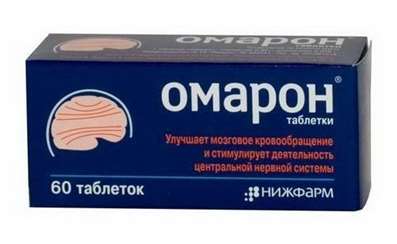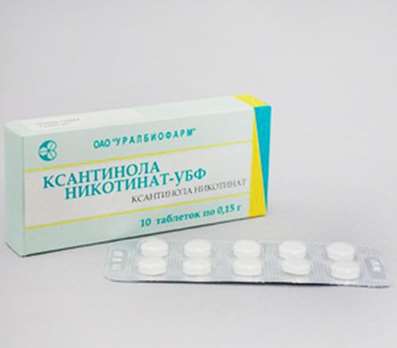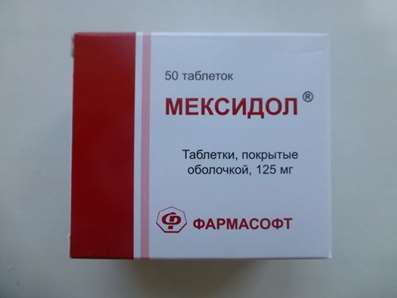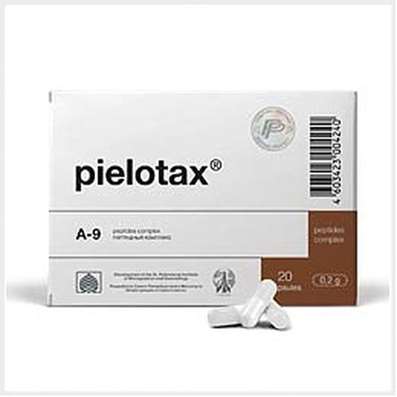Instruction for use: Amigrenin
I want this, give me price
Dosage form: Film-Coated tablets
Active substance: Sumatriptan*
ATX
N02CC01 sumatriptan
Pharmacological group:
Serotonergic agents
The nosological classification (ICD-10)
G43 Migraine: The pain of migraine; Migraine; hemiplegic migraine; Migraine headache; A migraine attack; Continuous headache; hemicranias
Composition and release form
Tablets, coated with a coating.
Sumatriptan (as succinate) 0.05 g; 0.1 g
Auxiliary substances: MCC; Milk sugar; potato starch; Sodium carboxymethyl starch; Magnesium stearic acid; Hydroxypropylcellulose or hydroxypropylmethylcellulose; PVP; Polyethylene glycol 4000; talc; Titanium dioxide
In a planar cell box or in a dark glass bank 2 or 10 pcs .; In a pack of cardboard 1 package or a can.
Description of dosage form
Tablets, coated white or white to grayish cream tint color with a biconvex surface.
Pharmachologic effect
Mode of action - antimigraine.
Is reacted with 5-hydroxytryptamine receptor type 1, located in the smooth muscle walls of cerebral blood vessels.
Pharmacodynamics
Varies selectively in the system of carotid arteries, inhibits the activity of the trigeminal nerve. Helps reduce the severity of pain during migraine. Clinical effect occurs after 30 minutes.
Pharmacokinetics
When administered, sumatriptan is rapidly absorbed. 70% of C max in serum is reached after 45 minutes. The average absolute bioavailability is 14% due to presystemic metabolism and incomplete absorption. The degree of binding to plasma proteins is low (14-21%), T1 / 2 - 2 h. The main metabolite (indoleacetic analogue sumatriptan) appears mainly in the urine as the free acid and its glucuronide conjugate.
Indications for the Amigrenin
Coping with acute migraine attacks (with and without aura).
Contraindications
Individual intolerance of the drug, IHD, incl. angina, hemiplegic, basilar or oftalmoplegicheskaya forms of migraine, occlusive peripheral arterial disease, uncontrolled hypertension, stroke or transient ischemic attack history, hepatic failure, pregnancy, lactation, infancy, advanced age (over 65 years), the simultaneous use of With ergotamine and its derivatives.
Precautions - epilepsy (including any state with reduced epileptic threshold), hypertension (monitored) simultaneous MAO inhibitors and up to 14 days after their withdrawal.
Side effects
Feeling of tingling, warmth, heaviness, pressure in various parts of the body, hyperemia of the skin and mucous membranes; Dizziness, fatigue, weakness, drowsiness; Angina pectoris, hypotension, tachycardia, palpitation, transient increase in blood pressure, transient ECG changes of ischemic type, bradycardia, in rare cases - Raynaud's syndrome; A feeling of discomfort in the abdomen, dysphagia, nausea, vomiting, ischemic colitis; Visual impairment (diplopia, scotoma, visual acuity reduction); Allergic reactions (rash, hives, itching, erythema, anaphylaxis); Change in functional liver samples; Myalgia.
Interaction
Simultaneous reception of funds containing ergot alkaloids, lithium preparations, inhibitors of reverse neuronal seizure of serotonin, MAO inhibitors is inadmissible.
Dosing and Administration
Inside. The tablet is swallowed whole, washed down with water. Adult single dose - 0.05 g (in some cases - 0.1 g), the maximum daily dose - 0.3 g. If migraine symptoms do not disappear and do not decrease after the first dose, taking a second dose to stop the same attack appoint do not do it. If the symptoms have decreased or gone and then resumed, you can take a second dose within the next 24 hours. The interval between doses is at least 2 hours.
Overdose
In case of an overdose, the patient should be observed for 10 hours, if necessary, with symptomatic therapy.
Special instructions
Do not use Amigrenin for prophylactic purposes. Before prescribing sumatriptan, patients with newly diagnosed or atypically migraine should exclude other potentially dangerous neurological diseases. It should be borne in mind that in patients with migraine, there is a risk of developing a stroke or transient disorders of the cerebral circulation. Do not prescribe to patients with presumed heart disease without a prior examination. The first 2-3 sessions should be performed under the supervision of a doctor (coronary artery spasm is possible). In patients with hypersensitivity to sulfanilamides, the risk of allergic reactions (from skin manifestations to anaphylactic shock) increases with the administration of sumatriptan. If there is no effect on the administration of the first dose, the diagnosis should be clarified. The experience with sumatriptan in patients older than 65 years is limited (there is no significant difference in pharmacokinetics compared with younger patients). Since the use of Amigrenin may cause drowsiness, care should be taken when driving a car and working with mechanisms.
Storage conditions of the drug Amigrenin
In a dry place protected from light.
Keep out of the reach of children.
Shelf life of the drug Amigrenin
Tablets, film-coated 50 mg - 2 years.
Tablets, film-coated 50 mg - 4 years.
Tablets, film-coated 100 mg - 2 years.
Tablets, film-coated 100 mg - 4 years.
Do not use after the expiry date printed on the package.

 Cart
Cart





